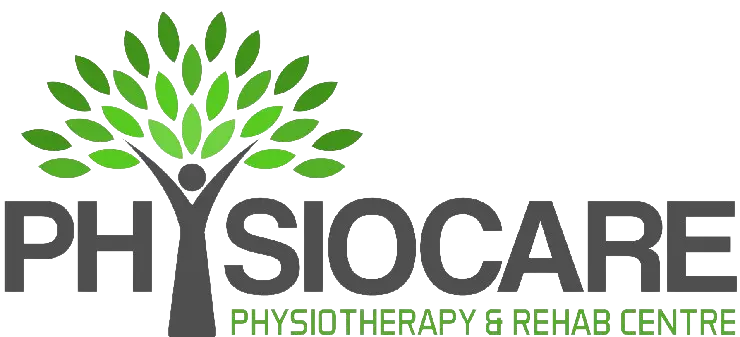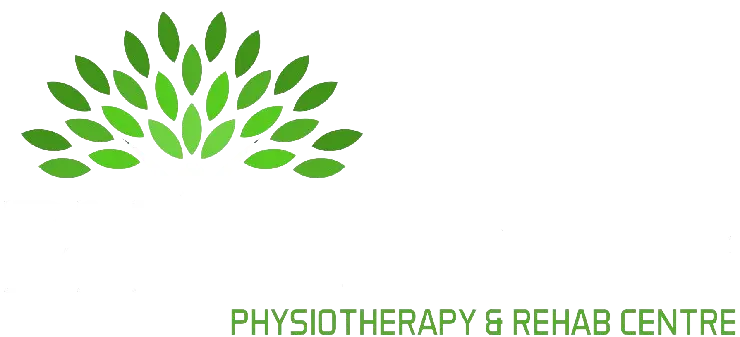
Coccyx Pain Relief in Ottawa | Causes, Treatments & Prevention Tips
Your coccyx—more commonly known as the tailbone—is a small, but significant part of your body. Despite its size, pain in this area can be surprisingly intense and disruptive to daily life. We’ll help you understand the causes of coccyx pain, explore effective healing methods, and outline prevention strategies to manage and relieve discomfort.
Coccyx Pain Relief: Causes, Treatments, and Prevention Strategies in Ottawa
Coccyx Pain Relief is Possible
Your coccyx—more commonly known as the tailbone—is a small, but significant part of your body. Despite its size, pain in this area can be surprisingly intense and disruptive to daily life. We’ll help you understand the causes of coccyx pain, explore effective healing methods, and outline prevention strategies to manage and relieve discomfort.
How Coccyx Pain Affects Daily Life
A sharp, nagging pain in the buttocks that flares up when you sit down or rise from a chair can range from a mild annoyance to a persistent discomfort that disrupts daily activities. For some, it’s an occasional irritation, while for others, it can be debilitating, making even simple actions like sitting, standing, or moving challenging.
Coccyx pain, also known as coccydynia, is less frequently diagnosed than it should be, but its effects on daily life—depending on severity and cause—can be significant. However, treatments are available, and many cases of coccyx pain resolve with relative ease. Let’s dive into what causes coccyx pain, how to manage it, and what you can do about it.
Exploring the Coccyx
Anatomy of the Coccyx
The coccyx, or tailbone, is located at the bottom of the sacrum and curls into the body, resembling a tucked-under tail. It’s not a single bone but rather a continuation of the spine, and its bones may or may not be fused, depending on individual anatomy.
The primary role of the tailbone is to provide stability while sitting, but it also serves as an attachment point for several pelvic floor muscles and connective tissues. Additionally, it helps support the position of the anus. During childbirth, the coccyx and sacrum move to allow easier passage for the baby through the pelvis.
Though the coccyx has limited movement compared to the rest of the spine, it must still adapt to the body’s movements. The pelvic floor muscles play a critical role here. When weight is unevenly distributed, the pelvic floor muscles can create unnecessary pressure or tension on the coccyx, leading to discomfort or pain, particularly during sitting or standing. Healthy pelvic floor function is key to reducing strain on the coccyx.
Defining Coccyx Pain
Coccyx pain typically manifests as a deep, aching discomfort near the base of the spine, just above the anus. Some describe it as a persistent ache, while others experience a sharp, stabbing sensation that worsens with movement or prolonged pressure. The pain is most noticeable when sitting on hard surfaces, transitioning from sitting to standing, or after standing for long periods.
This pain may be constant or intermittent and may worsen with certain postures or extended inactivity. Long car rides, prolonged desk work, or lying in certain positions can all intensify discomfort. For some, movement provides relief, while for others, the pain lingers throughout the day, limiting mobility and making even routine activities uncomfortable.
Although coccyx pain is usually localized, it can radiate into nearby areas such as the buttocks, lower back, or perineal region. This happens because the coccyx shares nerve pathways and muscular connections with the lower back and pelvic floor, making it difficult to pinpoint the exact source of discomfort. Some people may also experience a sensation of fullness, soreness, or tightness in the pelvic floor, especially when pelvic floor tension contributes to the pain.
Causes of Coccyx Pain
Acute coccyx pain usually results from trauma or injury. These injuries can be external (like a fall directly onto the tailbone) or internal, such as those related to childbirth, particularly when forceps or vacuum extraction are used. These types of trauma can cause bruising, inflammation, or even dislocation.
While fractures of the coccyx are rare, they can be diagnosed through imaging if suspected. Weight fluctuations can also impact coccyx pain: excess body weight increases pressure on the tailbone, while significant weight loss reduces cushioning between the coccyx and seating surfaces, leading to increased sensitivity.
Poor posture is another major factor in coccyx pain. Slouching increases pressure on the tailbone, while a habitual posterior pelvic tilt (tucking the pelvis under while sitting) can shorten pelvic floor muscles, causing excessive tension and pulling on the coccyx.
Other factors contributing to coccyx pain include pregnancy (due to the extra load on the pelvis and pelvic floor), hypermobility or immobility of the coccyx joints, infections or tumors affecting the area, and degenerative conditions like arthritis. Medical treatments such as radiation therapy for pelvic cancers can also result in coccyx discomfort.
How to Heal and Manage Coccyx Pain
While you should always consult a healthcare provider for persistent or severe coccyx pain, many people find relief through a combination of home treatments and professional interventions.
At-Home Treatment for Coccyx Pain
- Pressure-reducing pillows: soft cushions when sitting on hard surfaces to reduce pressure on the tailbone.
- Posture adjustments: Learn to hinge at the hips when sitting down and standing up, rather than tucking your pelvis under.
- Heat and ice therapy: Alternate ice packs and warm baths to relieve pain and relax tight muscles.
- Pelvic floor exercises – A pelvic floor physiotherapist in Ottawa can teach specific exercises to reduce tension in the coccyx area.
- Bowel health: Avoid constipation and straining during bowel movements, as this can put additional pressure on the tailbone.
Medical and Professional Treatment Options
- Physical therapy: A pelvic health physical therapist can help treat both the pain and any underlying muscular imbalances in the pelvic floor. Adhering to prescribed exercises is essential for effective treatment.
- Corticosteroid injections: In cases of severe, persistent pain, corticosteroids may be injected into the coccyx area to reduce inflammation and swelling by a family physician or sports medicine in Ottawa with referral.
- TENS therapy and acupuncture: Both techniques can help reduce pain by targeting the nervous system and alleviating muscle tension.
- Surgery: As a last resort, when all other treatments fail, surgery may be considered. A coccygectomy (removal of the coccyx) may provide long-term relief, but recovery can take months and outcomes vary.
Prevention of Coccyx Pain
Ergonomic Adjustments and Lifestyle Changes
- Seat adjustments: Make sure your chair is padded and supports a neutral pelvic position.
- Take regular breaks: Set a timer to remind you to take short walking or standing breaks throughout the day to avoid slouching.
- Fall prevention: Remove tripping hazards from your home to avoid injuries to the coccyx.
- Exercise modifications: If you cycle or engage in other activities that put pressure on the tailbone, work with a therapist to modify your technique and get a proper bike fit.
- Diet and bowel health: A healthy diet that promotes regular bowel movements reduces internal pressure on the tailbone.
Posture and Movement
Adopting proper posture while sitting, standing, and moving is key to preventing coccyx pain. If pelvic floor or core tension is the root cause, addressing this through exercises that relax the pelvic floor can help alleviate symptoms. Learning the right way to move and sit can help you manage and prevent coccyx discomfort.
Conclusion
If coccyx pain is affecting your daily life, don’t wait to seek help. At Physiocare Physiotherapy and Rehab Centre, our physiotherapists in Ottawa specialize in pelvic floor treatment and sports medicine, offering customized rehabilitation plans to help you heal and prevent future pain.
Contact us today to book an appointment and start your journey toward pain-free movement!
Registered Physiotherapist
Operations Manager
Certified in Pelvic Floor Therapy, Lymphedema management , Acupuncture and Dry Needling
Certified ROST therapist and for RAPID treatment
Physiocare Physiotherapy and Rehab Centre

